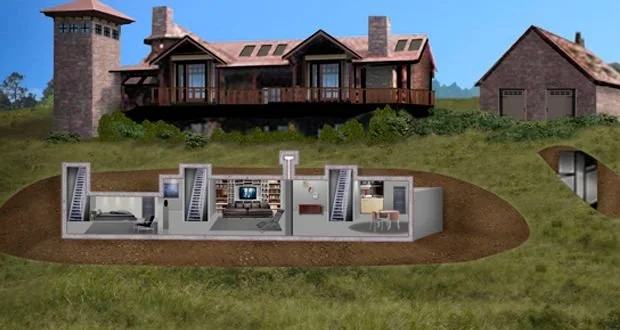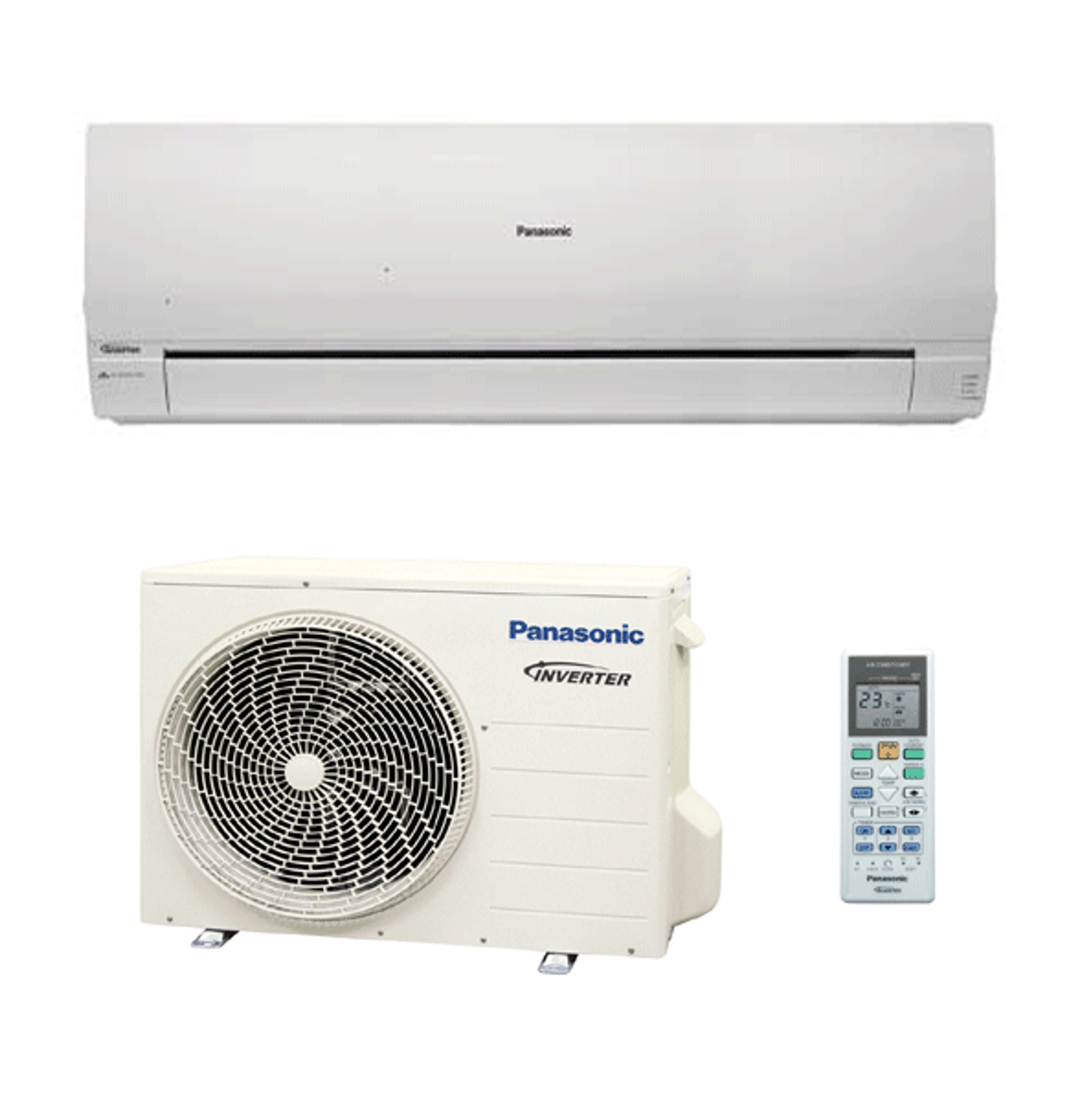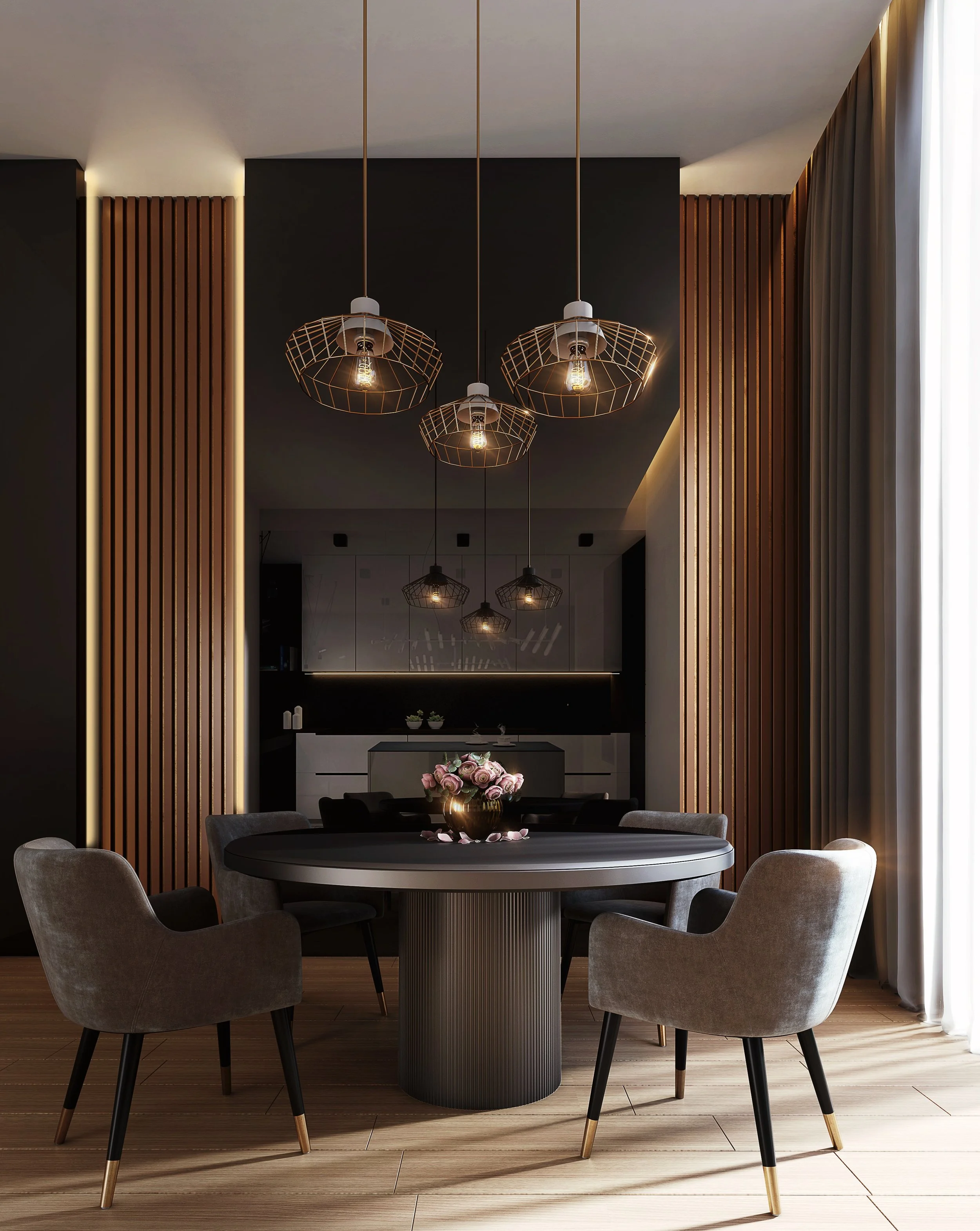From Basement to Safe Space: Essentials and Extras for a Cozy Bunker
RH Business Marketing Solutions
Whether you're an avid prepper, a fan of apocalyptic fiction, or simply someone who enjoys the idea of a secure and comfortable space below ground, the journey from basement to bunker requires careful consideration of essentials and extras.
In this guide, we'll delve into the world of creating a cozy basement and the key components that make them both functional and inviting.
Practical Considerations: A Checklist Of Essential Elements
Structural Integrity
Before you transform your basement into a bunker, ensure its structural integrity. Reinforce walls and ceilings to withstand potential challenges and ensure your space has been properly waterproofed and damp-proofed.
Ventilation Systems
A cozy bunker is not just about protection; it's about maintaining a comfortable atmosphere. Proper ventilation is crucial for ensuring a steady flow of fresh air and preventing a stale, claustrophobic environment. Invest in efficient ventilation systems that can circulate air while maintaining security and ensure you have smoke and carbon monoxide detectorsinstalled too.
Emergency Power Supply
In the event of a power outage, having a reliable source of electricity is essential. Install backup generators or alternative power sources to keep essential systems running smoothly. This includes lighting, communication devices, and any other critical appliances.
Water Filtration and Storage
Access to clean water is a non-negotiable aspect of bunker living. Install a robust water filtration system and ensure an ample supply of stored water. Plan for both short-term emergencies and extended periods of isolation, making water storage a top priority.
Nutrient-Rich Food Storage
A well-stocked pantry is vital for sustaining yourself during extended periods underground. Stock up on non-perishable, nutrient-rich foods that can provide the sustenance needed for physical and mental well-being. Consider a combination of freeze-dried meals, canned goods, and other long-lasting provisions.
Designing Your Safe Haven: Extras for a Cozy Ambiance
Comfortable Furnishings
To truly transform your basement into a cozy bunker, invest in comfortable furnishings. Consider ergonomic seating, plush cushions, and warm blankets to create a welcoming atmosphere. Design the space with relaxation in mind, balancing functionality with aesthetics.
Multi-Functional Spaces
Make the most of limited space by designing multi-functional areas. Foldable furniture, hidden storage solutions, and adaptable spaces can maximize the utility of your bunker. This ensures that every square foot serves a purpose without sacrificing comfort.
Aesthetically Pleasing Lighting
Lighting plays a crucial role in setting the mood. Opt for warm, adjustable lighting options to create a cozy ambiance. LED lights with dimming capabilities allow you to control the intensity and transform your bunker from a practical space to a tranquil haven.
Entertainment Center
To maintain mental well-being during extended stays, integrate an entertainment center into your bunker. Consider a high-quality projector, flat-screen TV, and a collection of books, movies, and games. A well-equipped entertainment center can be a source of relaxation and distraction when needed.
Personalized Touches
Infuse your bunker with elements that reflect your personality and bring a sense of familiarity. Personalized decor, artwork, or family photos can turn your safe space into a true home away from home. These touches add a layer of comfort and connection to your surroundings.
Security Measures: Balancing Comfort with Safety
Advanced Surveillance Systems
While comfort is paramount, security cannot be overlooked. Implement advanced surveillance systems with cameras strategically placed both inside and outside the bunker. Access to real-time monitoring can provide peace of mind and early detection of potential threats.
Secure Entrances and Exits
Design secure entrances and reinforced exits equipped with biometric or keycard access systems. Ensure that these points are well-hidden to minimize the risk of unauthorized entry. A secure bunker is only as strong as its weakest point, so invest in top-notch security for all access points.
Communication Systems
Communication is key in an emergency. Install reliable communication systems, including radio transceivers and satellite phones, to stay connected with the outside world. Receiving updates and emergency broadcasts can be crucial for making informed decisions.
Emergency Escape Routes
No matter how secure your bunker is, emergency escape routes are necessary. Plan and implement alternative exits that lead to safe areas in case the primary entrance is compromised. Conduct regular drills to ensure everyone in the bunker is familiar with the escape routes and procedures.
Fire Suppression Systems
Fire can be a significant threat in an enclosed space. To mitigate the risk, install advanced fire suppression systems, such as sprinklers and fire extinguishers. Regular maintenance and training on fire safety protocols are essential for the well-being of everyone in the bunker.
Maintaining Mental Well-being: Added Extras for Long-Term Survival
Natural Light Simulation
Mimicking natural light cycles is crucial for regulating circadian rhythms and maintaining mental health. Incorporate light simulation systems that replicate the natural progression of daylight. This can help regulate sleep patterns and contribute to a sense of normalcy.
Exercise Facilities
Physical activity is vital for mental and physical well-being. Designate a space for exercise, incorporating equipment such as stationary bikes, resistance bands, or yoga mats. Regular exercise can alleviate stress and contribute to a positive mindset during extended periods of confinement.
Educational and Productive Activities
Keep your mind engaged with educational and productive activities. Stock up on books, educational materials, and hobby supplies to encourage learning and creativity. Establish a routine that includes time for both relaxation and personal growth.
Social Spaces
While a bunker may be a confined space, creating designated social areas is crucial for maintaining a sense of community. Consider common spaces where your fellow bunker inhabitants can gather, share meals, or engage in group activities. Human connection is a powerful factor in mental well-being.
Snacks & Beverages
If you have the space, your bunker should include a little more than the staple pantry items. You can stock up on long lasting snacks and beverages to ensure the time you spend there is as enjoyable as possible. If you’re part of a wine club, you may even want to convert a small corner into a cellar, as the cool, dark conditions are ideal for storing your best bottles.
From Basement to Safe Space
As you transform your basement into a cozy bunker, remember that balancing essentials with the extras and security with comfort requires careful planning and consideration. Your safe space needs to be exactly that, and it needs to have everything you need when expecting the unexpected.
























